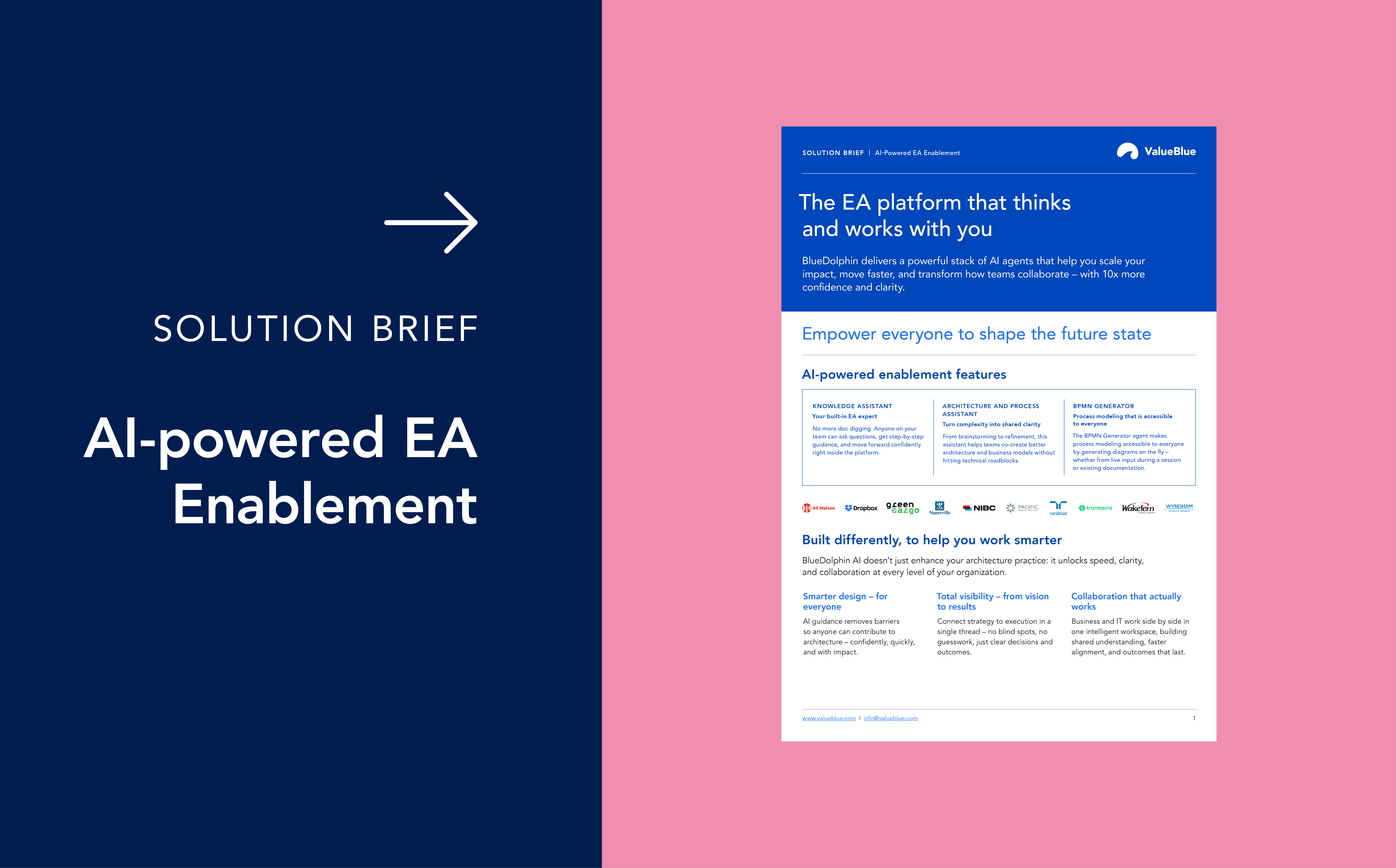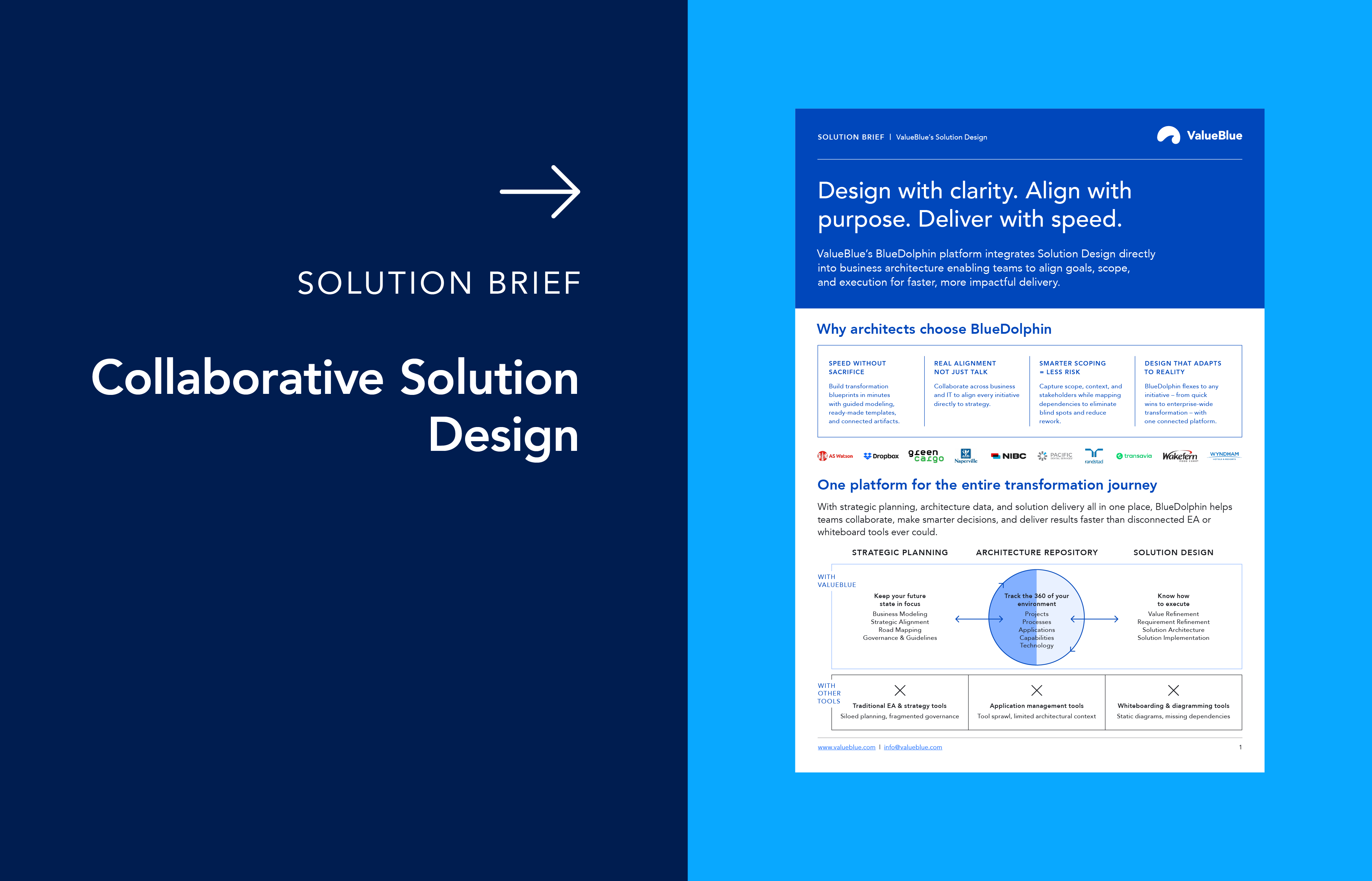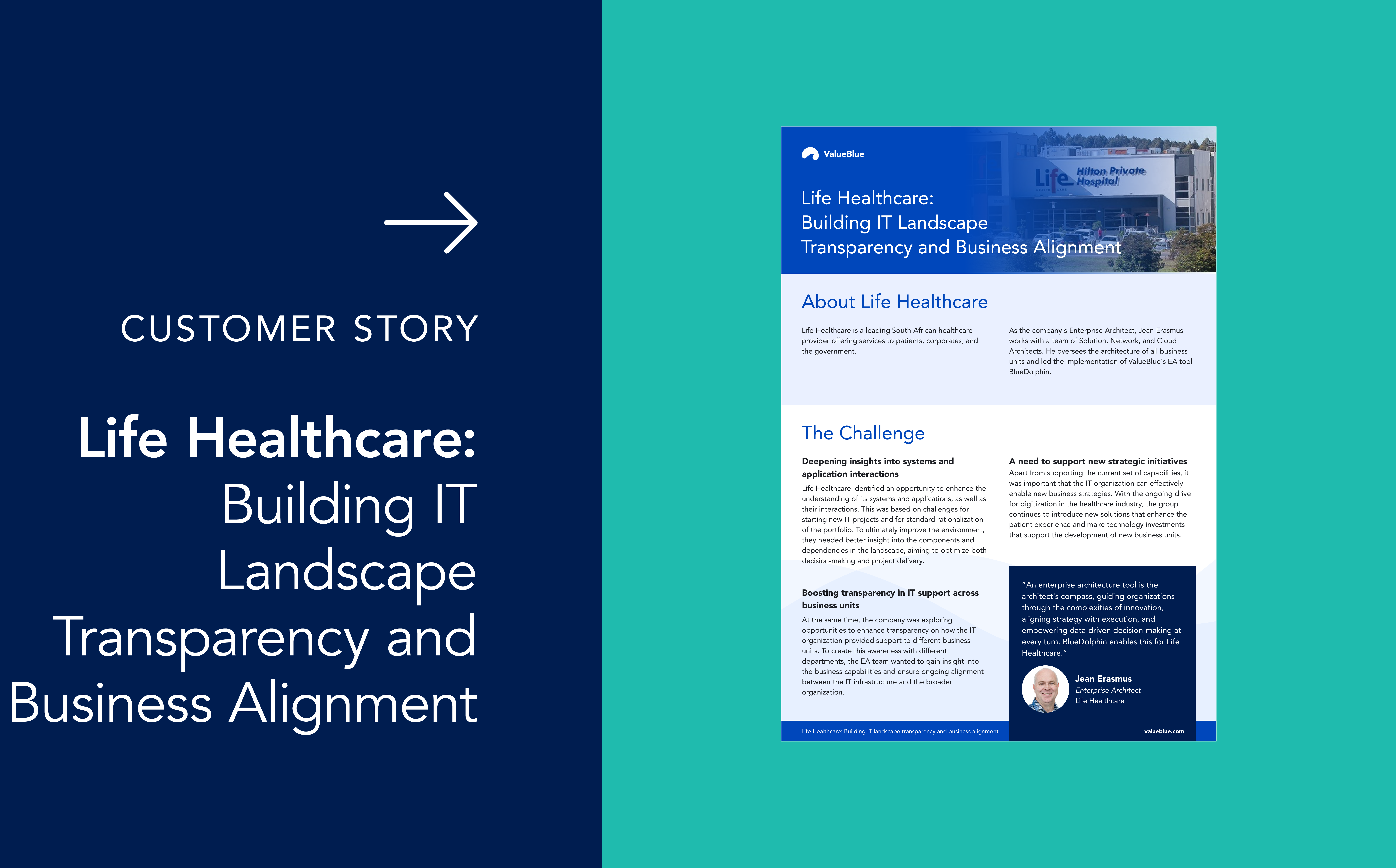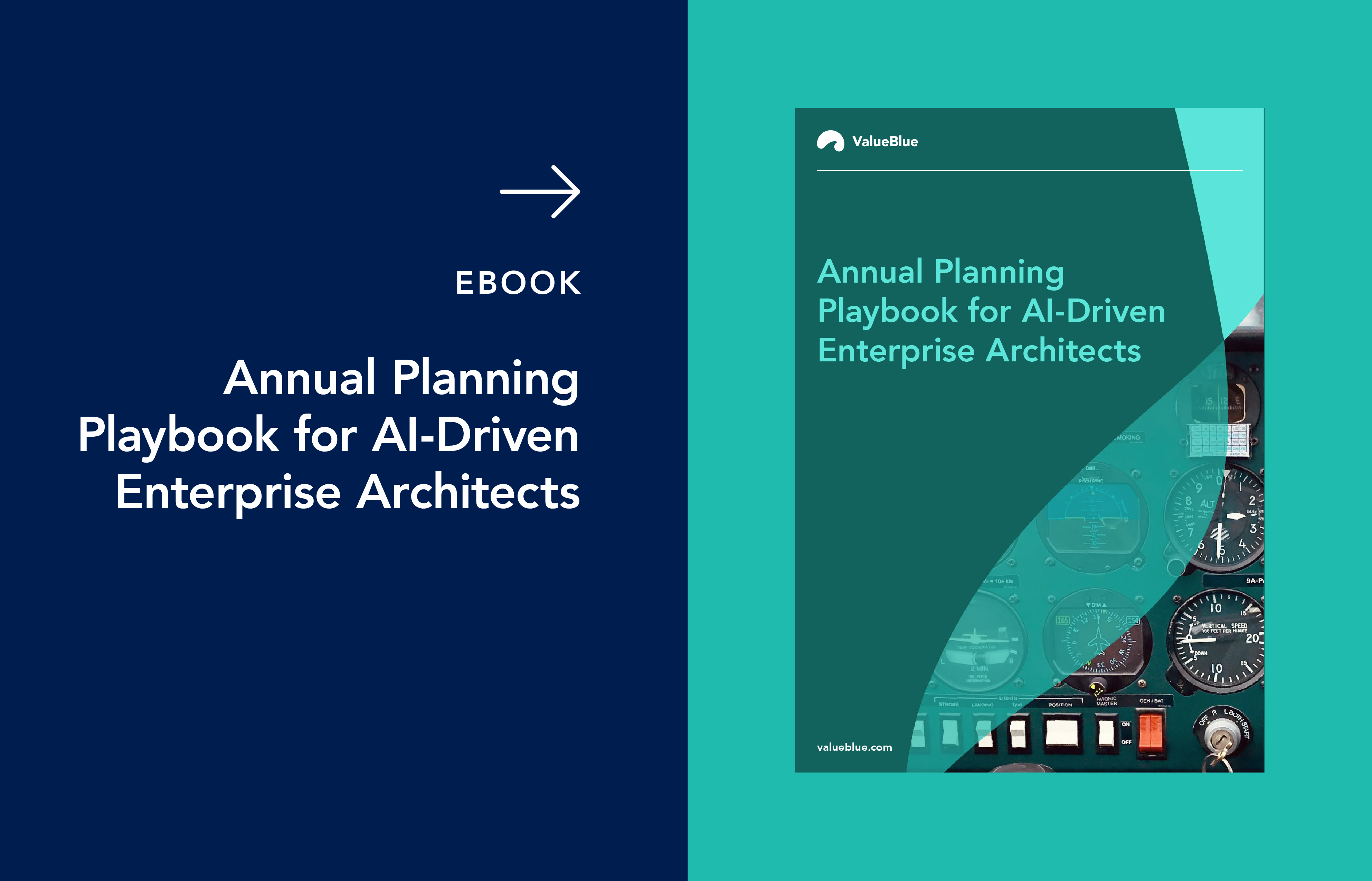Capabilities Definition and Assessment – and Why They Matter
Adapting and innovating is essential for every organization, but turning big goals into real, measurable change is tough. Often, organizations have the ambition to transform, but they struggle to translate their ideas into tangible results. The answer lies in understanding capabilities – the core building blocks that define what a business can do, how it delivers value, and where it should focus efforts for success.
From this article, you'll learn essential definitions, how to assess capabilities, practical guidelines for capability modeling, and proven strategies for making capabilities the foundation of successful transformation. Whether you’re an enterprise architect, leader, or analyst, understanding capabilities is the starting point for aligning people and systems – and for driving productive, lasting change.
Table of contents
What are capabilities?
Capabilities definition: Building blocks of transformation
How to define capabilities: Key questions
What does capabilities mean for business strategy?
Capabilities assessment: Driving strategic decisions
Building a business capability model
Steps to build a capability model
Benefits of defining capabilities
Capabilities framework for transformation
Key takeaways
What are capabilities?
Capabilities are enduring, cross-functional elements of an organization that enable it to achieve its business objectives. According to TOGAF® and other leading Enterprise Architecture frameworks, a capability is defined as an ability that an organization, person, or system possesses. In practice, capabilities are high-level activities that combine people, processes, technology, and organization to fulfill their strategic priorities and deliver business value.
Every business, regardless of size or sector, operates with a distinct set of capabilities. These capabilities reflect strengths, core functions, and the capacity for growth or innovation. Examples include recruitment, product design, pricing, risk management, and customer information management.
Capabilities definition: Building blocks of transformation
Capabilities are often referred to as “building blocks” because they describe the fundamental actions companies must perform to deliver products, services, or customer experiences. They can be divided into several types:
- Hard capabilities – tangible functions such as manufacturing or invoicing.
- Soft capabilities – intangible strengths such as innovation or employee training.
- Core capabilities – essential functions such as software development.
- Contextual capabilities – supportive activities such as brand management or marketing execution.
Defining capabilities is the critical first step for any transformation project. Capabilities answer the business question of “what” – what does the organization need to do to achieve its goals? Unlike processes, which describe “how” work is done, capabilities focus only on the outcome or intent.
How to define capabilities – key questions
To define capabilities and create a clear capabilities model, consider:
- Is it a capability or a process?
A capability describes the goal (e.g., financial management), while a process explains steps/resources (e.g., creating a financial dashboard).
- Does it have a measurable result?
Capabilities should lead to a clearly defined outcome. “Customer information management” is a capability; “customer communication” is not.
- Is it clearly named and understood?
Good capabilities are easy to name, describe, and communicate across technical and business teams.
By answering these questions, teams ensure their capabilities model is practical, helpful, and relevant.
Ready to map and assess your organization’s capabilities for greater clarity and strategic success? Explore the Business Capability Mapping: Strategies for Transformation Planning eBook to dive deeper into definitions, benefits, frameworks, and practical tools for change.
What does capabilities mean for business strategy?
When you define capabilities, you create a shared language that connects organization-wide priorities with everyday activities. This shared understanding is critical. It moves conversations away from team silos, missing skills, or technical jargon. Instead, everyone speaks the same language about how the company operates and what needs to change to meet strategic goals.
A well-defined capability model offers clarity for:
- Aligning business and IT strategy
- Prioritizing investments, process improvements, or technology upgrades
- Mapping transformation efforts to actual business needs
Want to see how this works in practice? Book a short BlueDolphin demo.
Learn how to use capabilities in your transformation initiatives.
Capabilities assessment: Driving strategic decisions
Capabilities assessment is the process of evaluating how well your organization’s current capabilities support its strategic objectives. By assessing capabilities, businesses can:
- Identify which capabilities are strong, weak, or missing.
- Spot risks or bottlenecks before they impact transformation projects.
- Plan architecture changes, process redesign, or investments based on real business needs.
Assessment methods may include stakeholder interviews, capability maturity models, technology mapping, and comparative benchmarking.
Building a business capability model
A business capability model provides organizations with a visual representation of all their capabilities, showing relationships, hierarchy, and strategic importance. Think of it as a construction blueprint, showing the essential structure that supports your organization’s goals and operations.
Steps to build a capability model
- List all major business capabilities.
- Group capabilities into logical domains (e.g., operations, customer management, technology).
- Map relationships to show dependencies and flow.
- Link capabilities to strategic objectives, projects, and business outcomes.
- Validate and refine the model with input from stakeholders.
Modern Enterprise Architecture platforms, such as BlueDolphin, enable teams to create, share, and update capability models collaboratively.
Benefits of defining capabilities
Defining and modeling capabilities unlocks significant advantages:
- A shared language
Everyone – from executives to developers – can communicate about priorities and change using common terms.
- Clear strategic priorities
Capabilities mapping links business goals directly to activities, making it easier to focus on what drives value.
- Effective project assessment
With a complete capability model, leaders can assess project scope, risks, and costs in the context of real organizational needs.
- Transformation without disruption
Capability models integrate current processes and projects into high-level planning, helping teams accelerate change while minimizing disruption.
Capabilities framework for transformation
A capabilities framework structures how organizations plan, execute, and track transformation initiatives. It sets boundaries for what needs to be built, improved, or invested in. By modeling capabilities, leaders gain newfound visibility to plan projects, prioritize efforts, and measure impact.
Key elements of a robust capabilities framework include:
- Capabilities definition – a clear, stable map of organizational abilities.
- Capabilities assessment – the ongoing evaluation and benchmarking of capability maturity and effectiveness.
- Capabilities modeling – visual and collaborative representation of relationships, priorities, and transformation scope.
When implemented, a capabilities framework enables organizations to align teams, drive efficient change, and sustain competitive advantage.
Key takeaways
- Capabilities are the fundamental abilities an organization needs to thrive and grow – not just processes but the essential building blocks of value.
- Defining and assessing capabilities turns strategic vision into practical action.
- Capability models offer a shared language, helping teams prioritize change and avoid disruption.
- Regular assessment and collaborative modeling with platforms such as BlueDolphin help synchronize business and IT around what matters most.
Start today!
If you need industry-specific models or guidance on capability assessment, book a demo of BlueDolphin and start transforming your strategy today.
FAQ
What are capabilities?
Capabilities are lasting, cross-functional abilities that enable an organization to achieve business objectives and create value.
What does capabilities mean in business?
Capabilities reflect what your organization can do, combining people, process, and technology to fulfill strategic goals.
How do you define capabilities?
Begin by focusing on organizational needs, intended results, and clear purposes – separate capabilities from processes, and use simple, descriptive names.
What is a capabilities assessment?
Capabilities assessment is an ongoing process of measuring, evaluating, and improving a company’s ability to support its strategic goals.
How does a capability model help transformation?
It provides structure, clarity, and strategic focus – making projects more successful and change less disruptive.
Book a demo
Want to discover how our tool can further enhance your Enterprise Architecture? Fill in the form!
Have questions about Enterprise Architecture best practices?
Our experts are happy to help.





